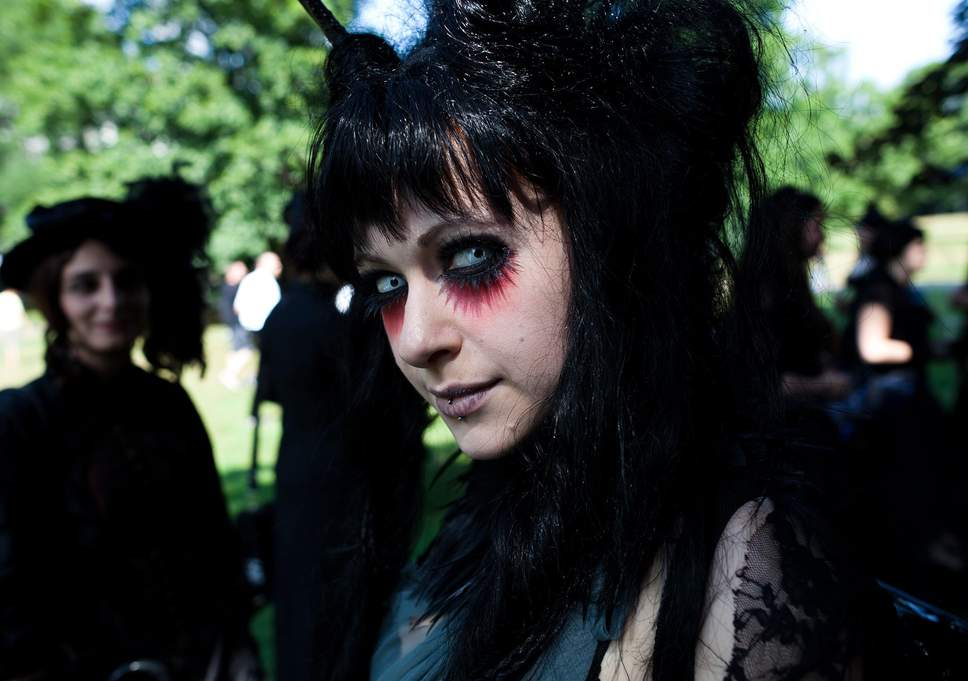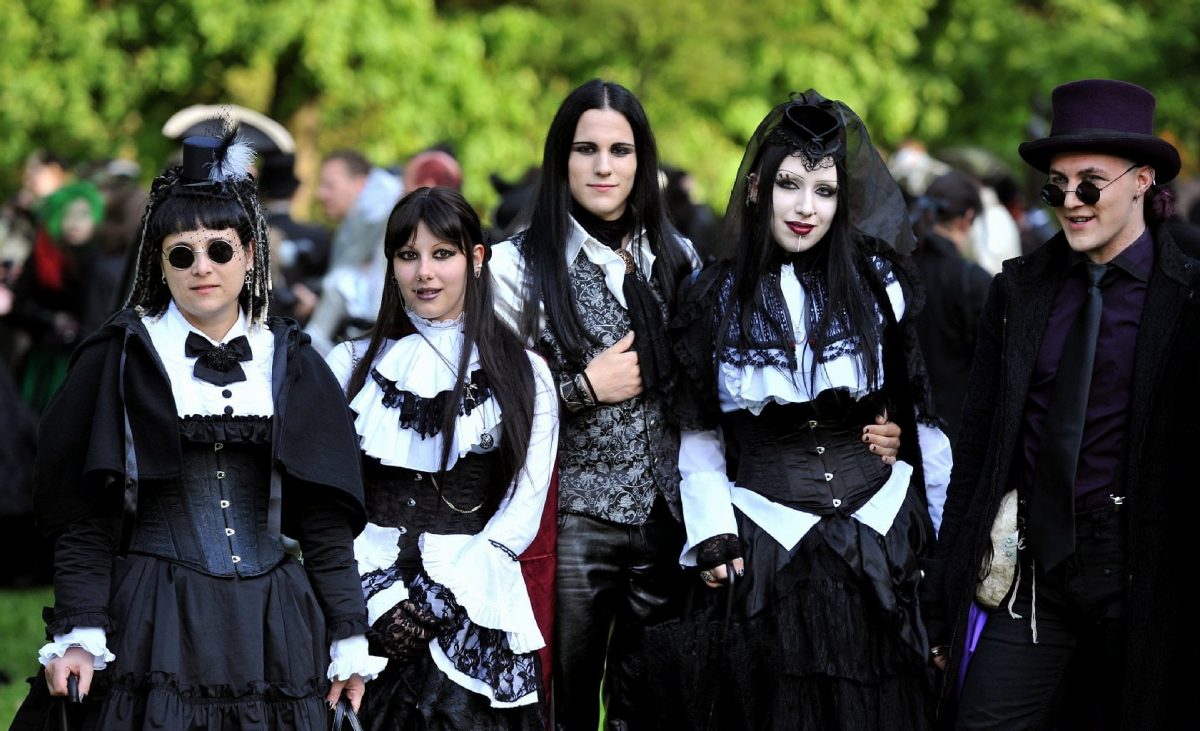The Commercialism of the Goth Subculture
Share:

In the ’80s, a subculture formed out of the Post-Punk scene; this was the foundations of Goth (with its inspirations from the 18th-century writing, artistic and aesthetic genre). Throughout the ’90s, the Goth scene would grow and grow more until it became a sensation. Goth clothing brands started forming and the dawn of the “Internet Goth” began.
Clothes and Music
With this came more accessibility to the subculture, but it also started harsh elitism and it was argued that people began straying from the “true” meaning of Goth: the music. Brands like Killstar, Dollskill and Black Craft Cult and others grew rapidly and then came the era of the “Nu-Goth”.

This type of “Goth” ignored the original music and tilted more towards Heavy Metal, Deathcore, Gothcore and Nu-Metal. These people also started to become harshly elitist and began to push out what the community affectionately labels “baby bats” (newcomers to the subculture) because often they are in their teens and they don’t have the financial viability for these expensive brands. Often, these “Nu-goths” are defensive about music choices, what they wear and anyone who tries to educate them is immediately branded “elitist scum”. They also tend to live their “Goth” lives on the internet, and they often tend not to actually go out in Goth apparel or to Goth events, but stay at home and take pictures for Instagram to then remove it all. This is the “Net-Goth”.
Brands like Killstar and Restyle (another “Goth” clothing brand) are, generally, very expensive and often use occult symbols without knowing what they even mean. Influencers across the Web flash their new “Goth” outfits/pieces and almost push the message that Goth “is” these often overpriced brands.
What started the subculture?
However, you must remember that the music started this subculture. The fashion was only developed because of the sounds and moods of the soundtracks. Bands like Bauhaus and Type O Negative have made the Goth scene out of punk; it’s much more angsty and “angry parent”.
In conclusion, the subculture is NOT about how much your clothes were, it’s about the music you listen to; the memories you’ve had; the times you’ve spent in clubs and the people you’ve met.
